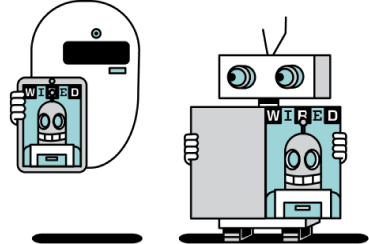




General AI
The field of AI encompasses various types and applications, each with its own set of capabilities and implications. Here are some types of AI and their related industries, along with insights into the landscape of AI technologies:
- Narrow/Weak AI:
Narrow AI refers to AI systems designed to perform specific tasks or solve specific problems, often outperforming humans in those specific domains. Examples include:
– Virtual Personal Assistants (e.g., Siri, Alexa, Google Assistant)
– Recommendation Systems (e.g., Netflix, Amazon, Spotify)
– Fraud Detection Systems (e.g., in banking or credit card industries)
– Image and Speech Recognition (e.g., facial recognition, voice assistants)
– Language Translation (e.g., Google Translate)
– Autonomous Vehicles (e.g., self-driving cars) - General AI:
General AI, also known as Strong AI or AGI (Artificial General Intelligence), refers to AI systems that possess human-level cognitive abilities and can understand, learn, and perform tasks across multiple domains. This level of AI does not exist as of yet, and its development remains a topic of active research. - Superintelligent AI:
Superintelligent AI refers to hypothetical AI systems that surpass human intelligence in virtually all aspects. This level of AI is purely speculative and currently exists only in science fiction literature and films.
Insights into the Landscape of AI Technologies
- Machine Learning (ML): ML algorithms enable AI systems to learn from data and make predictions or decisions without being explicitly programmed. Examples include image recognition, natural language processing, and predictive analytics.
- Deep Learning: A subset of ML, deep learning involves training artificial neural networks with multiple layers to process complex data. Deep learning has shown remarkable performance in image and speech recognition tasks.
- Natural Language Processing (NLP): NLP focuses on the interaction between computers and human language, enabling systems to understand, interpret, and generate human language. Chatbots and language translation systems are common examples.
- Computer Vision: Computer vision involves AI systems that can analyze, interpret, and understand visual information from images or videos. Applications range from facial recognition to object detection in autonomous vehicles.
- Robotics and Automation: AI-powered robots are being developed to perform tasks autonomously, such as industrial automation, surgical procedures, and household chores.
- Reinforcement Learning: This involves training AI agents to make sequential decisions by learning from positive or negative feedback. This technique is used in game-playing AI agents like AlphaGo.
- Generative Adversarial Networks (GANs): GANs consist of two neural networks competing against each other. They are used to generate new content, such as realistic images or videos, and have applications in creative fields like art and design.
Examples of Established AI Technologies:
- Speech Recognition: Systems like Dragon NaturallySpeaking have been used for speech-to-text transcription for many years.
- Email Spam Filtering: AI-powered algorithms analyze email content to filter out spam messages, improving productivity and reducing clutter.
- Optical Character Recognition (OCR): OCR technology has long been used to extract text from images or scanned documents.
- Recommendation Systems: Services like Amazon, Netflix, and Spotify use AI algorithms to suggest products, movies, or music based on user preferences.
AI Technologies and Capabilities Yet to Be Realized
- Human-level General AI: Creating an AI system that possesses human-like intelligence and can perform any intellectual task as proficiently as a human remains a grand challenge.
- Consciousness and Self-Awareness: Developing AI systems capable of consciousness, subjective experiences, and self-awareness is a complex and unresolved area of research.
- Strong Ethical and Moral Reasoning: Teaching AI systems to make complex ethical judgments and moral reasoning decisions is still an open problem.
As the AI field advances, researchers and policymakers actively discuss and address the potential dangers and ethical considerations associated with AI, particularly in combination with robotics. Responsible development and regulation are crucial to mitigate risks and ensure that AI technologies are used for the benefit of humanity.
My Portfolio








